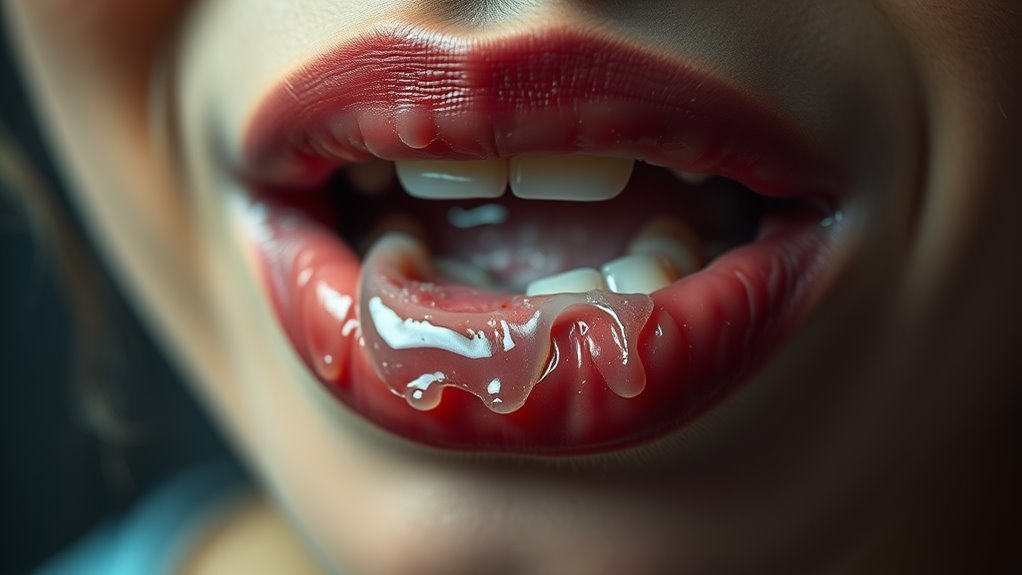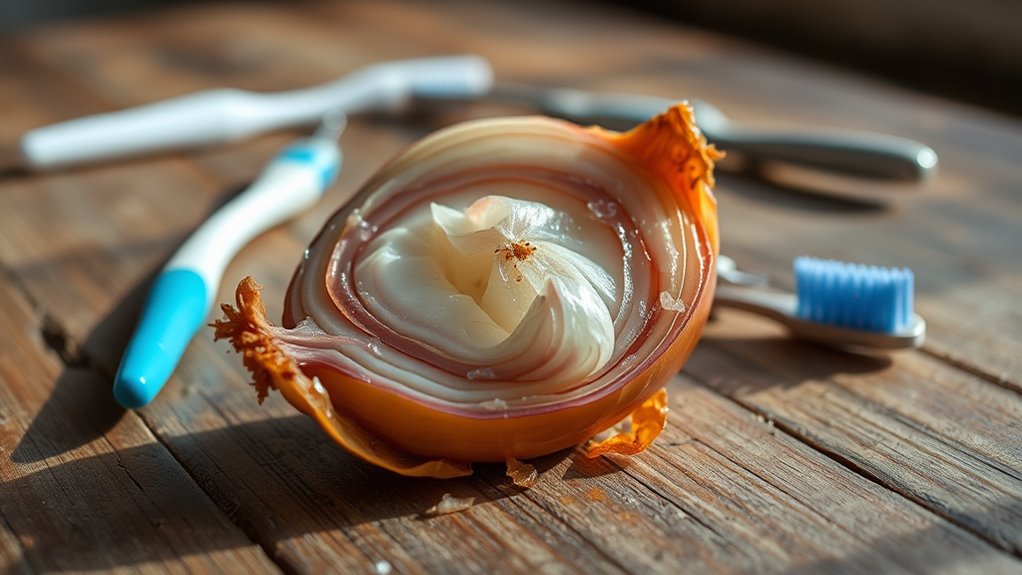This Ice Hack Stops Tooth Pain Instantly (Almost)
Tooth pain can be unbearable, often stemming from issues like cavities or gum disease. Fortunately, there’s a simple ice hack that can provide almost instant relief. By numbing the affected area, this method helps reduce inflammation and pain. However, it’s essential to know how to apply it correctly and what precautions to take. Understanding these details can make all the difference in your comfort and well-being.
Key Takeaways
- The ice hack numbs the affected area, temporarily reducing tooth pain signals sent to the brain.
- Applying ice constricts blood vessels, minimizing inflammation and swelling for short-term relief.
- Wrap ice in a cloth to prevent frostbite and apply it to the cheek near the painful tooth.
- Repeat the ice application every few hours for ongoing pain management as needed.
- This method provides temporary relief but should not replace professional dental treatment for persistent pain.
Understanding Tooth Pain and Its Causes
Tooth pain can be a distressing experience, often signaling underlying issues that require attention. You might feel discomfort due to cavities, gum disease, or even a cracked tooth. Each cause presents unique symptoms and necessitates different treatments. Sometimes, tooth sensitivity can lead to sudden pain when consuming hot or cold foods. Using a toothache ice hack can provide temporary relief by numbing the area and reducing inflammation. However, it’s crucial to address the root cause of your pain with a dental professional. Ignoring persistent toothache can lead to more serious complications, so don’t hesitate to seek help. Ice therapy is an effective method to alleviate immediate discomfort in such cases.
The Science Behind the Ice Hack
Sometimes, finding relief from tooth pain can feel overwhelming, but understanding how ice can help is beneficial. Ice numbs the affected area, reducing pain signals sent to your brain. It also constricts blood vessels, minimizing inflammation. This dual action can provide significant, though temporary, relief. Additionally, applying ice helps in reducing inflammation and can enhance overall comfort during a toothache.
| Mechanism | Effect | Duration |
|---|---|---|
| Numbing | Reduces pain | Short-term |
| Vasoconstriction | Decreases swelling | Short-term |
| Inflammation reduction | Lessens pressure | Short-term |
How to Properly Apply the Ice Hack
How can you effectively use ice to alleviate tooth pain?
Start by wrapping ice cubes or an ice pack in a thin cloth to prevent direct contact with your skin.
Apply the wrapped ice to the cheek area nearest the painful tooth for 15 to 20 minutes.
This numbs the area and reduces inflammation.
You can repeat this process every few hours as needed.
Focus on breathing deeply to help manage discomfort while the ice works. Additionally, using ice can complement other methods such as salt water rinses for enhanced relief.
Potential Risks and Precautions
While using ice can provide temporary relief from tooth pain, it’s essential to be aware of potential risks and precautions.
Prolonged exposure to ice can lead to frostbite on your skin or nerve endings, so limit application to 15 minutes at a time.
Ensure a barrier, like a cloth, separates the ice from your skin to prevent damage.
Additionally, avoid using ice if you have certain medical conditions, such as Raynaud’s disease or severe sensitivity. If pain persists, consult a dental professional, as ice isn’t a substitute for proper dental care and may mask underlying issues requiring attention. Remember that persistent pain could indicate the need for urgent care from a dentist.
Alternative Remedies for Tooth Pain Relief
When tooth pain strikes, what alternative remedies can provide relief?
Clove oil is a popular choice due to its natural analgesic properties. Applying a small amount directly to the affected area can temporarily alleviate pain. Saltwater rinses help reduce inflammation and cleanse the mouth, promoting healing. You might also try applying a cold compress to the cheek, which can numb pain and reduce swelling. Herbal teas, like chamomile or peppermint, can soothe discomfort when sipped warm. Additionally, garlic applications can provide pain relief by combating oral bacteria and reducing swelling.




